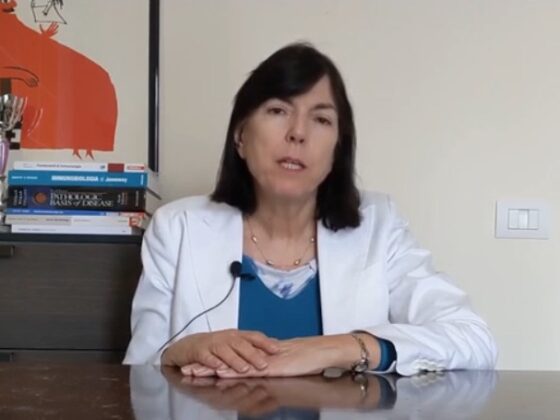The reduction in birth rate has been blamed in the past for the increase in breast cancer in young women, but now a study just published in JAMA Network Open (JAMA Netw Open. 2020;3(3):e200929. doi:10.1001/jamanetworkopen.2020.0929) offers evidence refuting this hypothesis: analysing data going back to the 1930s, a group led by Mary Beth Terry, professor of Epidemiology at Columbia University, concluded that the trend in breast cancer incidence in women younger than 40 years began three decades before the secular decrease in parity. Thus, the increase in breast cancer incidence cannot be attributed primarily to changes in births per woman.
“Most studies on breast cancer incidence use data from the 1970s and onward, major changes in parity, such as the increase during the baby boom, are not fully captured” explains Terry. Data from the Connecticut Tumor registry, the oldest population-based cancer registry in the United States, were cross-referenced with data from the National Vital Statistics System, an intergovernmental database that includes national birth data since 1917. In Connecticut, among women aged 25 to 39 years, breast cancer incidence increased in a statistically significant way by 0.65% per year from 1935 to 2015. Breast cancer diagnoses went from 16.3 per 100,000 women to 38.5 per 100,000 women. However, the decrease in parity started many years later: the mean parity peaked at 2.26 live births per woman in 1966 and fell to 1.41 in 2010.
“Although recent parity trends track with breast cancer incidence trends and can partially explain the increased incidence, they do not explain most of the increase, and the historical trends using a much longer time lens provide a strong argument against parity being the primary factor associated with increasing breast cancer incidence, particularly in younger women” the authors write. Since women are generally screened by mammography only after age 40 years, they also rule out mammography screening as the main cause of the increase in breast cancer incidence in youth, though they do not suggest alternative explanations.












